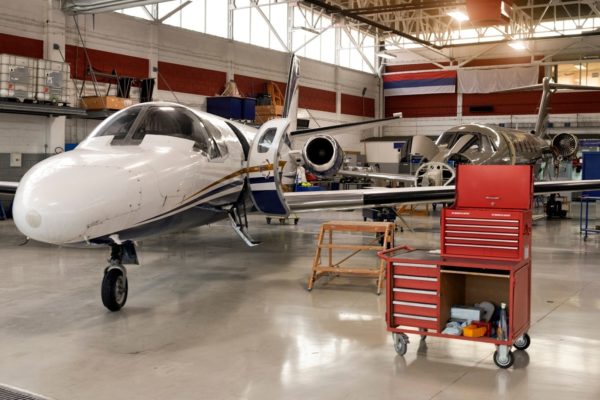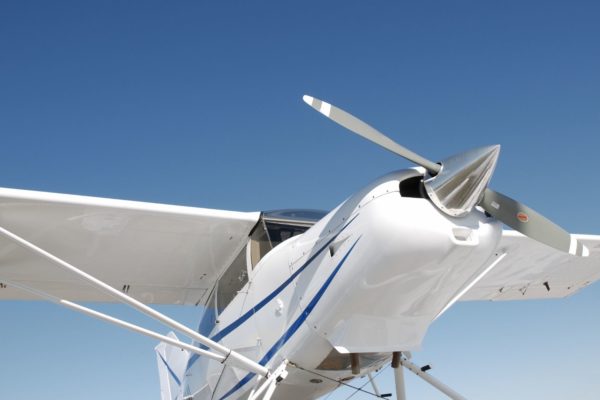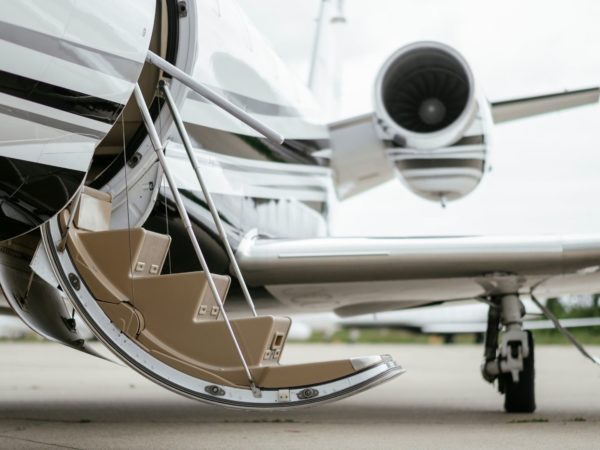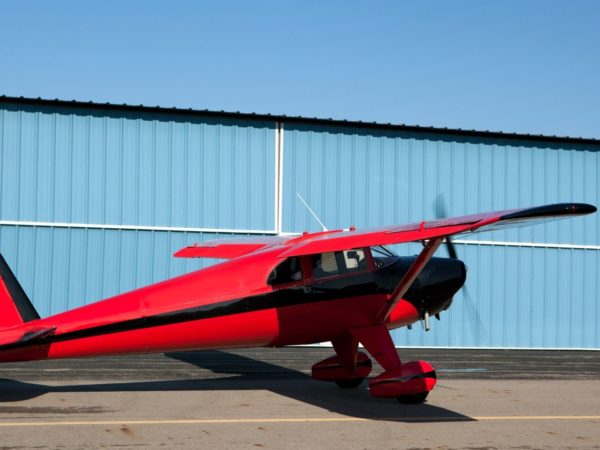- Complete the form below
- Review coverage options
- Place coverage!

Coverages for aircraft and aviation businesses
- Airports & FBOs
- Aviation Workers’ Compensation
- Aircraft & Avionics Maintenance
- Corporate Owned Aircraft
- Personal & Light Sport Aircraft
- UAV/Drones
- Air Ambulance Operations
- Charter Aircraft Services
- Flight Training Services
- Hangarkeepers Legal Liability
Aircraft insurance basics
It’s important to obtain comprehensive insurance coverage to protect an aircraft and its occupants.
An aircraft hull and liability policy will depend on a number of criteria:
- Desired policy limits
- Aircraft value
- Aircraft make and model
- How the aircraft will be used
- Pilot’s overall experience
- Loss history


Aircraft hull and liability coverage
A basic aircraft hull and liability insurance policy protects against physical loss or damage, such as the following:
- Physical damage
- Passengers, baggage and cargo carried on the aircraft
- Medical coverage for passengers, pilots and crew members
- Aircraft third-party liability—damage to individuals or property outside of the aircraft
Most aircraft hull and liability insurance policies are arranged on an agreed value basis, in which an underwriter places a fixed value on the aircraft at the beginning of the policy. Some insurance carriers place an in-motion and not-in-motion deductible on the aircraft hull coverage.
Coverage options
Because there are so many risks involved in both recreational and commercial flying, you need to ensure that you and your aircraft are properly insured. Many insurers also offer the following coverage for added protection:
- Geographic limits
- Premises medical coverage
- Emergency expense reimbursement
- Non-owned hangars and contents coverage
- Personal effects and baggage coverage
- Trip interruption expense coverage
- Spare engines and parts coverage
- War risks coverage
- Ground risk coverage
Just like other types of insurance, you can expect to see substantial savings on an aircraft hull and liability policy by managing your risks carefully. The best ways to ensure the safety of an aircraft and those onboard is to obtain additional training for pilots, outfit the aircraft with safety features and ensure that it’s properly maintained at all times.


UNICO Group
1128 Lincoln Mall, Suite 200, Lincoln, NE 68508
402-625-7246 | [email protected]

